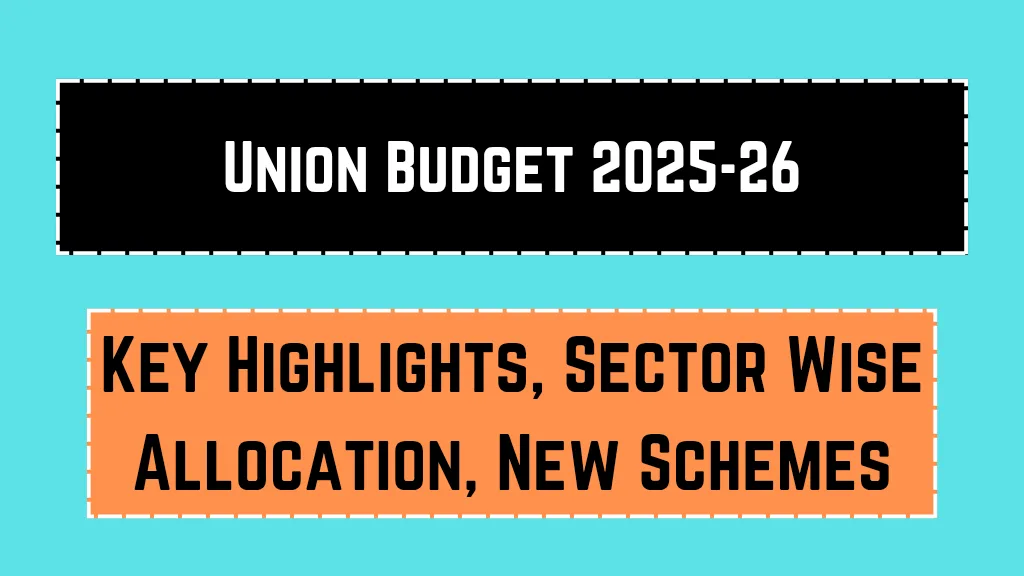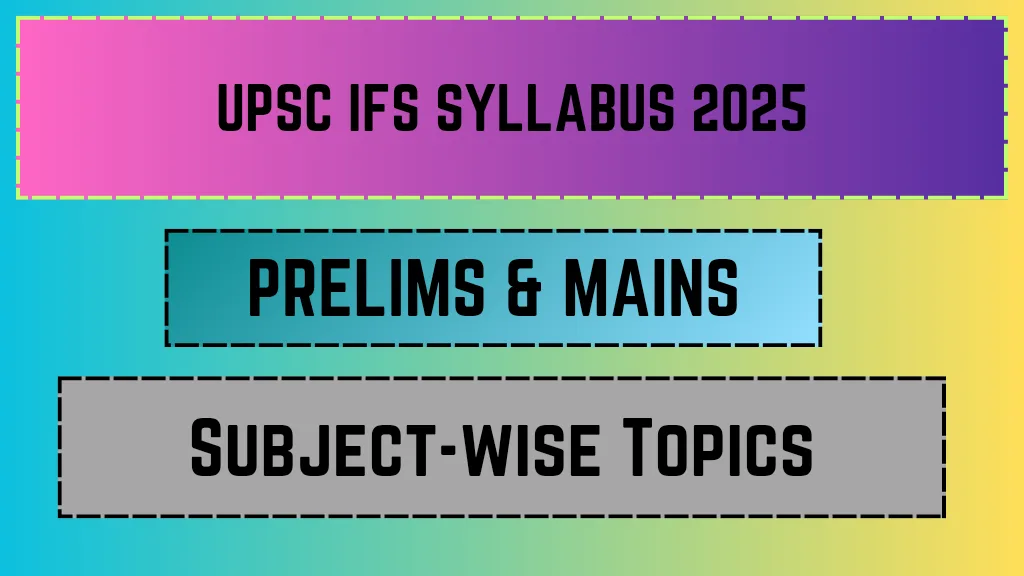The Union Budget for 2025-26, presented by Finance Minister Nirmala Sitharaman, outlines a comprehensive plan to stimulate economic growth, enhance infrastructure, and promote inclusive development across various sectors. This article delves into the key highlights, sector-wise allocations, and introduces new schemes proposed in the budget.
Union Budget 2025-26
- Income Tax Reforms: Significant tax cuts for the middle class to boost consumption and savings.
- Agricultural Initiatives: Launch of programs to increase pulses and cotton production, aiming for self-sufficiency.
- Infrastructure Development: Enhanced capital expenditure to modernize transportation and urban facilities.
- Support for MSMEs: Introduction of credit guarantee schemes and technological support to bolster small and medium enterprises.
- Energy Sector Focus: Commitment to renewable energy projects and the establishment of a Nuclear Energy Mission.
- Social Welfare Programs: Increased allocations for healthcare, education, and employment generation initiatives.
- Official Website: Union Budget
Income Tax Reforms 🏦
To enhance the spending power of the middle class, the budget proposes significant changes to the income tax structure:
- Raised Tax Exemption Limit: The income tax exemption threshold has been increased from ₹8 lakh to ₹12 lakh per annum, allowing individuals to retain more of their earnings.
- Revised Tax Slabs: The budget introduces new tax slabs with reduced rates for higher income brackets, aiming to stimulate consumer spending and investment.
Agricultural Initiatives 🌾
Recognizing agriculture as a cornerstone of the economy, the budget allocates substantial resources to boost productivity and sustainability:
- Pulses and Cotton Production Programs: A six-year program has been launched to enhance the production of pulses and cotton, focusing on reducing import dependence and supporting farmers through guaranteed price purchases.
- High-Yield Crop Program: A new initiative targeting 17 million farmers aims to promote high-yield crop varieties, enhancing food security and farmers’ incomes.
Infrastructure Development 🏗️
The budget emphasizes the importance of robust infrastructure in driving economic growth:
- Increased Capital Expenditure: Capital spending has been raised to ₹11.1 trillion, marking a 16.9% increase over the previous year, with a focus on developing roads, highways, and urban facilities.
- Urban Development Projects: Significant investments are planned for urban infrastructure, including public transportation enhancements and waste management systems, to improve the quality of life in cities.
Support for MSMEs 🏢
Micro, Small, and Medium Enterprises (MSMEs) are vital for employment and economic diversification:
- Credit Guarantee Scheme: A new scheme facilitates term loans without collateral, enabling MSMEs to access necessary funds for expansion and innovation.
- Technological Support Package: The government introduces a package to enhance MSMEs’ technological capabilities, promoting competitiveness and efficiency.
Energy Sector Focus ⚡
The budget outlines initiatives to ensure energy security and promote sustainable practices:
- Nuclear Energy Mission: A dedicated mission for research and development of Small Modular Reactors (SMRs) aims to achieve 100 GW of nuclear power by 2047, contributing to clean energy goals.
- Renewable Energy Investments: Continued support for solar, wind, and other renewable energy projects underscores the commitment to reducing carbon emissions and fostering sustainable growth.
Social Welfare Programs 🏥
The budget prioritizes inclusive development through various social welfare initiatives:
- Healthcare Enhancements: Increased funding for healthcare aims to improve access to essential services, with a focus on rural areas and vulnerable populations.
- Education and Skilling: A comprehensive skilling program is set to assist 4.1 crore youth over five years, providing vocational training and internship opportunities to enhance employability.
Frequently Asked Questions (FAQs) ❓
- What are the major tax changes in the Union Budget 2025-26? The budget raises the income tax exemption limit from ₹8 lakh to ₹12 lakh per annum and introduces revised tax slabs with reduced rates for higher income brackets to boost consumer spending.
- How does the budget support the agricultural sector? It launches programs to enhance pulses and cotton production, promotes high-yield crop varieties, and provides financial support to farmers through guaranteed price purchases.
- What initiatives are proposed for MSMEs? The budget introduces a credit guarantee scheme facilitating term loans without collateral and a technological support package to enhance MSMEs’ competitiveness and efficiency.
The Union Budget 2025-26 presents a strategic roadmap aimed at fostering economic growth, enhancing infrastructure, and promoting inclusive development across various sectors, reflecting the government’s commitment to building a resilient and prosperous nation.















